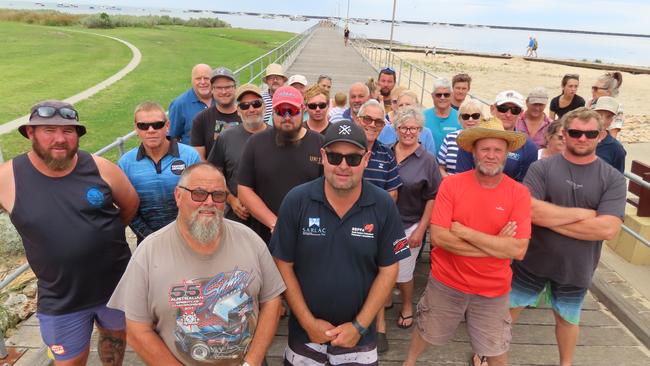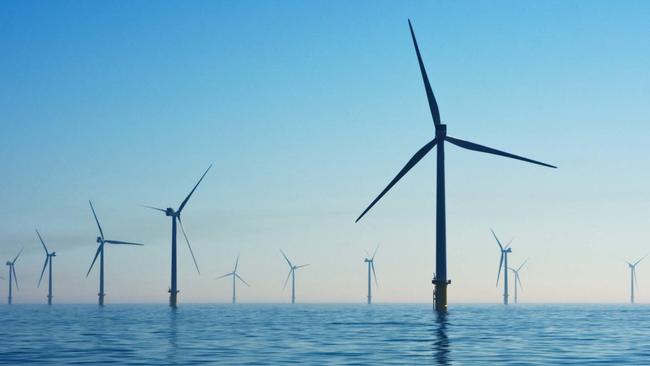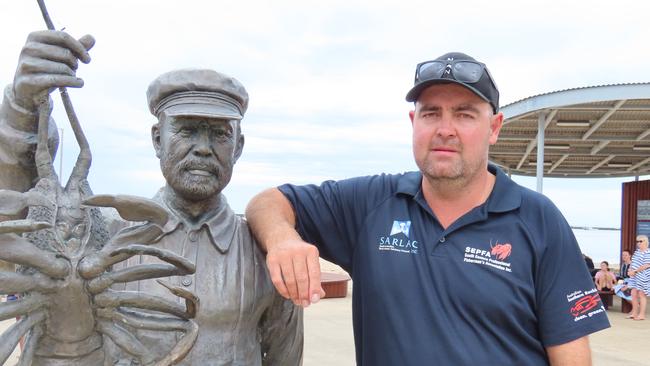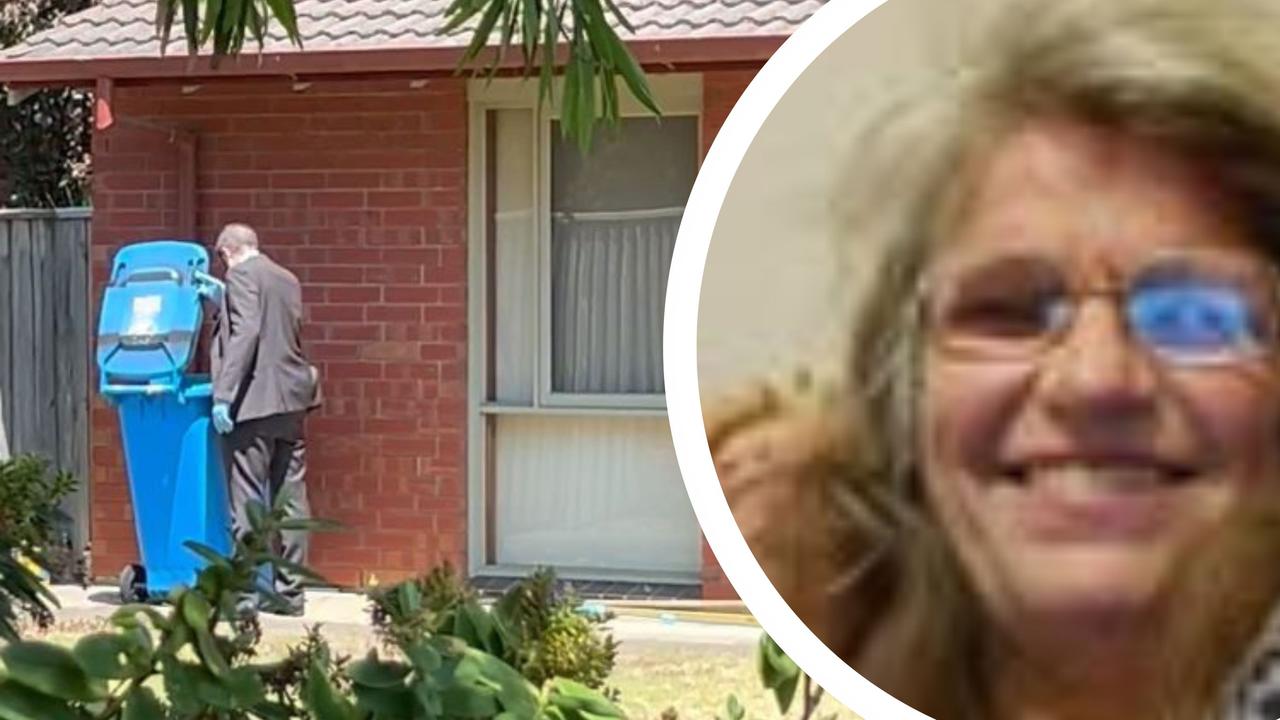South East fishers concerned over proposed offshore wind farm in Port MacDonnell
Residents and fishers from the South-East are worried that a proposed offshore wind farm in Port MacDonnell will have severe effects on the local aquaculture.

Mount Gambier
Don't miss out on the headlines from Mount Gambier. Followed categories will be added to My News.
South-East fishers have come out in opposition of a proposed offshore wind farm that they say could threaten their livelihoods.
If approved, the Southern Winds project, spearheaded by Blue Float Energy, would see a 77-turbine wind farm between eight to 20km off Port MacDonnell’s shores.
Port MacDonnell Professional Fishermen’s Association president Mark Carrison is a veteran fisher and electrician.
Detailed analysis or plans have not been released but Mr Carrison expressed scepticism over the company’s plans to bury transmission cables “beneath the sea bed”.
“I’ve worked on a lot of wind farms on land — so I have a pretty good understanding of how they all work,” Mr Carrison said.
“It’s all reef and rocky bottoms — so I don't think they’re clear of what is involved with what they want to do.”

Blue Float Energy country manager Nick Sankey said desktop geological analysis had been undertaken with “more extensive geotechnical analysis” to take place pending the approval of a feasibility licence.
Port MacDonnell is one of the most productive rock lobster fishing waters in the country.
Mr Carrison is fearful that even if the project did not go ahead, feasibility studies could harm southern rock lobster populations.
“Anytime they’ve done any seismic testing or anything like that, around where there was crayfish — the crayfish just stop crawling, full stop,” he said.

Mr Sankey said planning is expected to take up to eight years and encouraged residents to become involved with the process.
“It’s important that we hear from the community — so that we can have a plan of how we can coexist and work together,” he said.
“One of the key aspects about the project and this follows the government guidelines is to demonstrate coexistence with other users of the marine area.
“We’ll be doing what we can to ensure that our project is able to coexist with other users and that includes fishers and boat operators.”
Addressing fears regarding exclusion zones, Mr Sankey said there was typically a “level of exclusion” around each individual tower and turbine for “safety and operational reasons”.
However he added current plans did “not have a total exclusion zone around the site”.
Mr Sankey said the project, if approved, had the capability to produce 1.155GW of electricity and would significantly contribute to Australia meeting its climate targets.
“Offshore wind provides a great opportunity for Australia to develop large scale renewable energy,” he said.
“It’s important that within Australia we have diversification of our renewable technologies, so that we have various renewables providing load into the grid at different times.”





